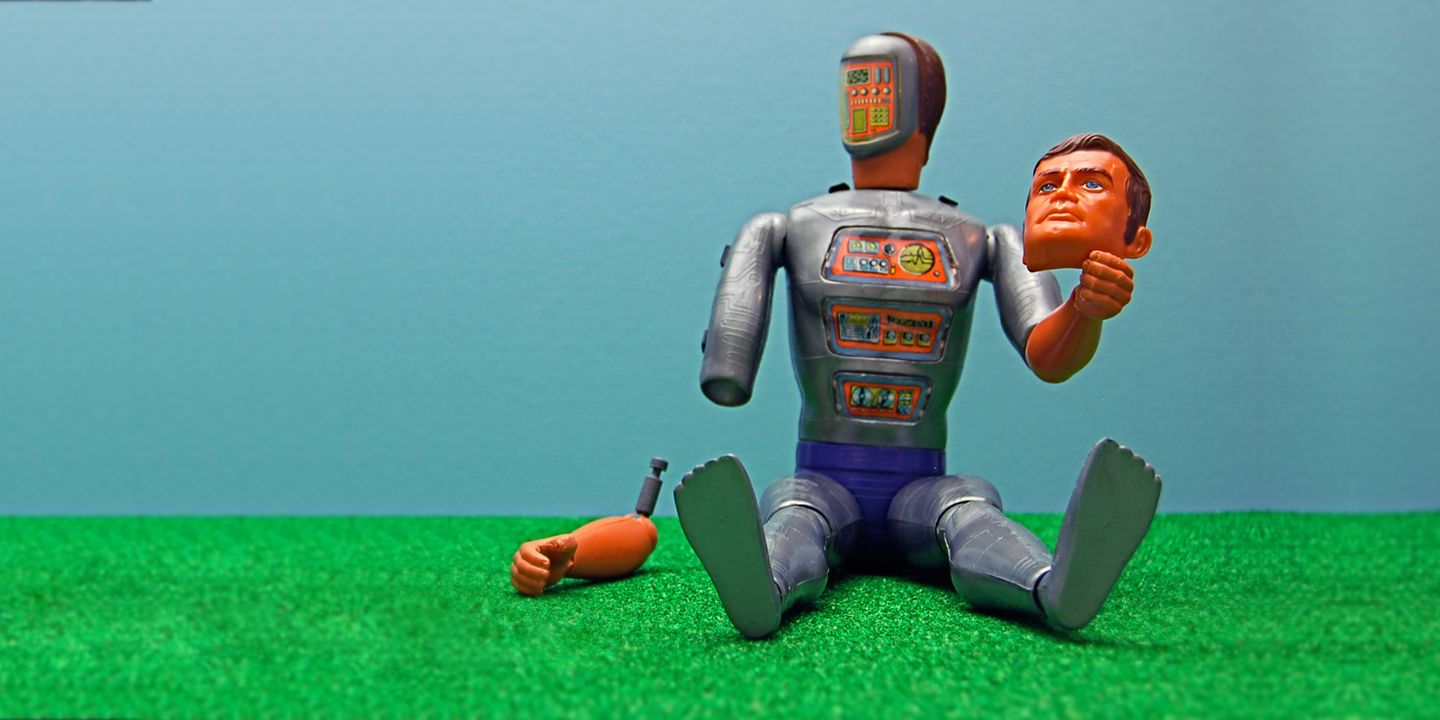This article does bring one interesting question up for the broader population to really ask themselves and that is at what point does an individual truly become a Cyborg v. not? And, how do we know for sure that some of us are not already there given the bionic implants, our daily interactions and addiction to technology. Definitely, something for each person to think about.
Roy Batty was born—sorry, “incepted”—Friday, Jan. 8, 2016. The Blade Runner replicant, played with aggressive melancholy by Rutger Hauer, went on to see attack ships on fire off the shoulder of Orion and watch C-beams glitter in the dark near the Tannhäuser Gate before delivering one of sci-fi’s most moving soliloquies on life, memory, and mortality. And then he was lost, like tears in the rain.
Quibble if you want: Batty was an android, a replicant—not a cyborg. But in Blade Runner he wasn’t one half of the man versus machine binary. He was the complication—the living, breathing proof that a mere assemblage of technology could be, in fact, more human than human. This refusal of a simple division—the belief that sometimes machines could show us humanity, even as humans could become like machines—was a hallmark of Philip K. Dick’s later work, and it’s distilled to its essence in Batty.
So he’s not a cyborg, but he does what the cyborg does: Make us question the boundaries we draw between man and machine. When we think of cyborgs, we often think, well, of Star Trek’s Borg, a pale, fleshy collective bonded to its Giger-esque machinery. Or Darth Vader, clad in black and, again, pale and disfigured. Or, more heroically and telegenically, Robert Downey Jr. as Iron Man, an armored hero with a machine for a heart.
